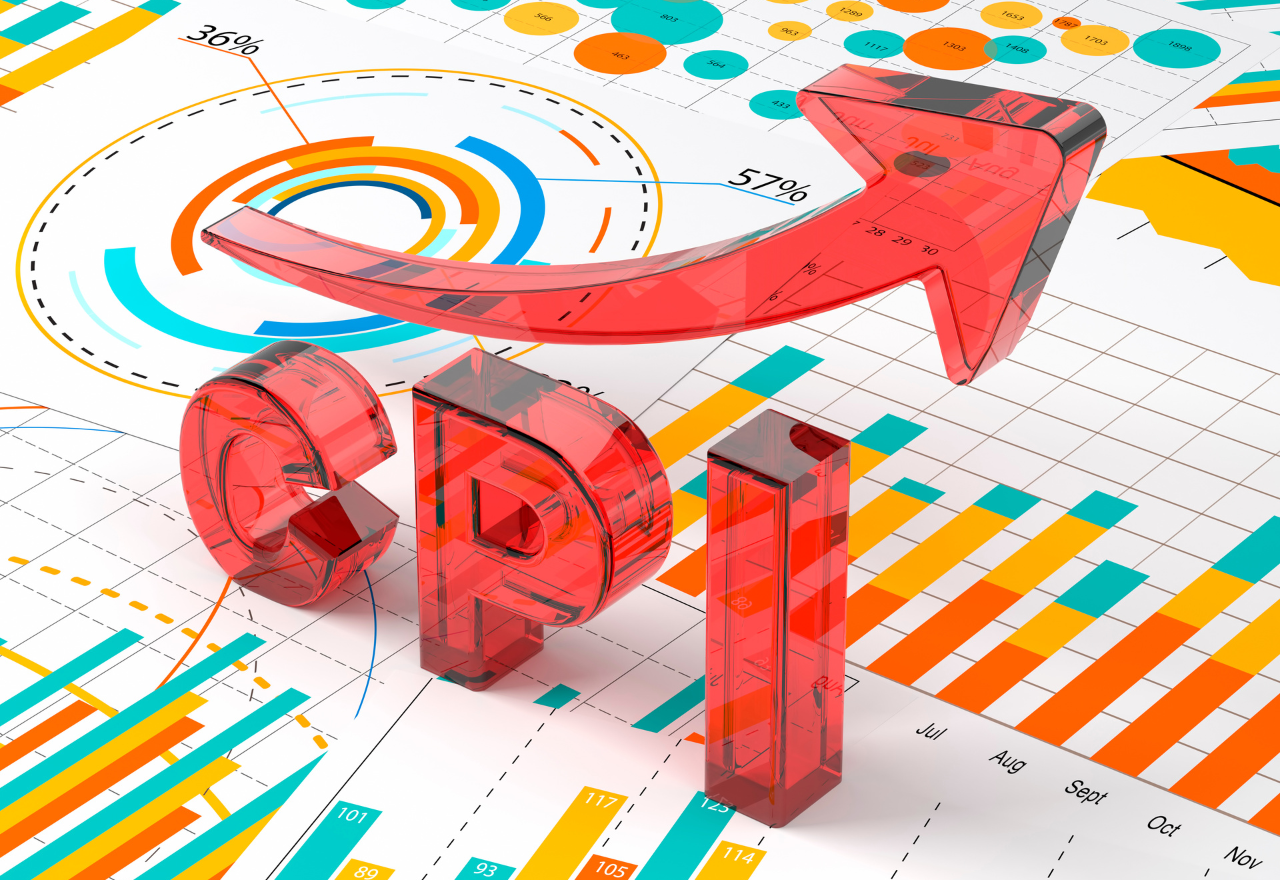CPI rises 1.3% in the September 2025 quarter
29 October 2025, 1:53 AM

The Consumer Price Index (CPI) rose 1.3 per cent in the September 2025 quarter and 3.2 per cent annually, according to the latest data from the Australian Bureau of Statistics (ABS).
Michelle Marquardt, ABS head of prices statistics, said: ‘The CPI rose 1.3 per cent in the September 2025 quarter, which is the highest quarterly rise since March 2023. The largest contributor to this quarterly movement was Electricity costs, which rose by 9.0 per cent.’
Annual inflation to the September 2025 quarter was 3.2 per cent, up from 2.1 per cent to the June 2025 quarter.
‘This is the highest annual inflation rate since the June 2024 quarter when annual inflation was 3.8 per cent,’ Ms Marquardt said.
All groups CPI, Australia, quarterly and annual movement (%)
When prices for some items move by large amounts, measures of underlying inflation like the trimmed mean can give more insights into how inflation is trending.
’Trimmed mean annual inflation was 3.0 per cent to the September quarter, up from 2.7 per cent to the June quarter. This is the first time Trimmed mean annual inflation has increased since December 2022,’ Ms Marquardt said.
All groups CPI Trimmed mean, Australia, annual movement (%)
Quarterly CPI inflation
The main contributors to the quarterly rise were Housing (+2.5 per cent), Recreation and culture (+1.9 per cent) and Transport (+1.2 per cent).
The rise in Electricity costs (+9.0 per cent) was a significant contributor to the growth in Housing inflation this quarter.
There were two main contributors to the quarterly rise in electricity costs:
- Annual electricity price reviews came into effect from July 2025 and increased electricity prices across all capital cities.
- The timing of when some households received rebates also had a large impact. The Commonwealth Energy Bill Relief Fund (EBRF) rebates were extended for 6 months from July 2025 to December 2025. However, households in NSW and ACT did not receive payments of the extended EBRF in July. Payment of rebates for households in NSW and ACT commenced in August. Households that did not receive the EBRF rebate in July will receive two payments in October 2025.
Recreation and culture rose by 1.9 per cent, driven by a 2.9 per cent rise in Holiday travel and accommodation. The school holiday periods in July and late September contributed to increases in domestic accommodation and airfare prices. Higher demand for international travel to Europe, where it was peak travel season, led to price increases for airfares and tours.
Transport was up 1.2 per cent this quarter driven by a 2.0 per cent rise in Automotive fuel prices.
Annual inflation measures
Annually, the CPI rose 3.2 per cent, up from 2.1 per cent last quarter. The main contributor to the increase in annual inflation was a 23.6 per cent rise in Electricity costs.
The annual rise in electricity costs is primarily related to households in Queensland, Western Australia and Tasmania having higher out-of-pocket costs in September quarter 2025 than they did in September quarter 2024. In September quarter last year, State Government electricity rebates were in place for Queensland ($1,000), Western Australia ($400) and Tasmania ($250). Over the year, those rebates have been used up and those programs have finished. Excluding the rebates, electricity prices would have risen by 5.9 per cent in the last 12 months following annual price reviews.
Electricity Index, Australia (June 2023 quarter = 100.0)
Food and non-alcoholic beverages annual inflation was 3.1 per cent to the September quarter.
‘Food inflation continues to be elevated due to higher prices for Meals out and takeaway foods, up 3.3 per cent compared to 12 months ago.
‘Other notable price rises over the past 12 months included the 14.6 per cent rise for Coffee, tea and cocoa. This reflects lower supply from major overseas suppliers of coffee beans,’ Ms Marquardt said.
Annual Goods inflation was 3.0 per cent, up from 1.1 per cent in the previous quarter This was due mainly to electricity (23.6 per cent), while automotive fuel prices had less of a detraction in the 12 months to the September quarter (-1.6 per cent) compared to the June quarter (-10.0 per cent).
Annual Services inflation was 3.5 per cent to the September quarter, up from 3.3 per cent to the June quarter. Higher prices for Rents (+3.8 per cent) and Medical and hospital services (+5.1 per cent) were the main contributors to Services inflation.
CPI Goods and Services components, annual movement (%)
Monthly CPI indicator
Today the ABS also released the September 2025 monthly CPI indicator, which rose 3.5 per cent in the 12 months to September. This is up from 3.0 per cent in the 12 months to August.
The most significant contributors to the rise were Housing (+5.6 per cent), Food and non-alcoholic beverages (+3.1 per cent), and Alcohol and tobacco (+5.5 per cent).
FOR SALE/OPEN HOMES